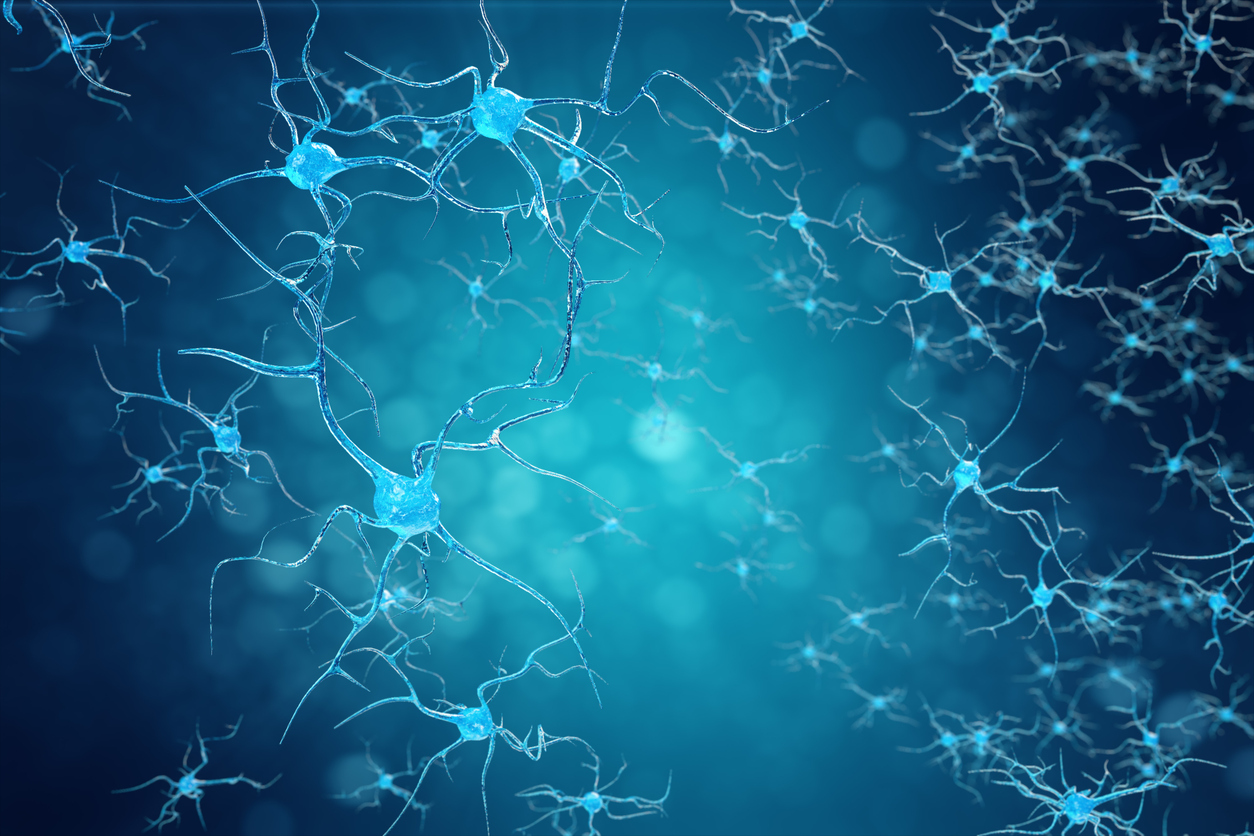
After Alzheimer’s disease and Parkinson’s disease, Dementia with Lewy Bodies (DLB) is the third-most common form of dementia—but it often goes unrecognized. Patients, caregivers, and clinicians often ascribe symptoms such as Parkinsonism, cognitive impairment, sleep behavior disorders, hallucinations, and cognitive fluctuations to Alzheimer’s or Parkinson’s, and it’s estimated that approximately 78% of DLB patients receive a non-DLB diagnosis initially. While DLB reportedly accounts for at least 4% of dementia diagnoses, the true prevalence may be closer to 20-30%.
This unrecognized condition is also undeserved, with only four randomized, placebo-controlled, published international trials assessing two drugs to treat DLB or Parkinson’s from which to glean data. That’s why Worldwide Clinical Trials has examined how researchers can craft studies aimed at addressing this secretly common disorder.
Crafting a Dementia With Lewy Bodies Study
Ideal candidates for DLB clinical trials should consist of those aged 50-85 years with diagnoses of “all cause dementia” specifically due to DLB or Parkinson’s. Selection criteria should include cognitive fluctuations—which are uncommon in Alzheimer’s and can help distinguish DLB patients from Alzheimer’s patients—as well as visual hallucinations, which occur in 60-70% of DLB patients, and auditory hallucinations, which are present in 40-50% of DLB patients.
DLB studies should ideally be of a randomized, parallel placebo controlled design, with drug exposure for at least 12 but preferably 24 weeks. Because of DLB’s complexity, researchers should take extra safety precautions not to exacerbate other aspects of the disorder—for example, dopamine replacement for motor symptoms can exacerbate neuropsychiatric symptoms, and antipsychotic treatment of hallucinations can worsen Parkinsonism. It can be beneficial to divide the array of DLB symptoms into five symptom clusters—cognitive, neuropsychiatric, movement, autonomic, and sleep behavior disorder—to ensure that each is safely addressed and assessed with its own specific scale.
There’s a pressing need for DLB studies, especially given reports that almost one in four patients with DLB are in health states considered equal to or worse than death—a distressing quality of life affecting only six percent of Alzheimer’s disease patients. Here at Worldwide Clinical Trials, we have more than 30 years of neuroscience clinical research experience, and we’re working hard to develop clinically feasible, state-of-the-art protocols that can safely and effectively address this multi-symptom complex neurodegenerative disorder.


